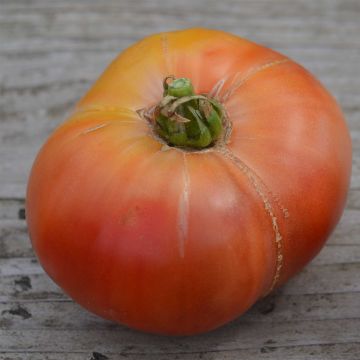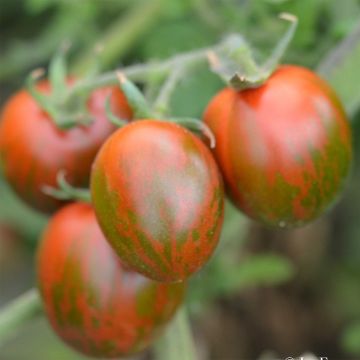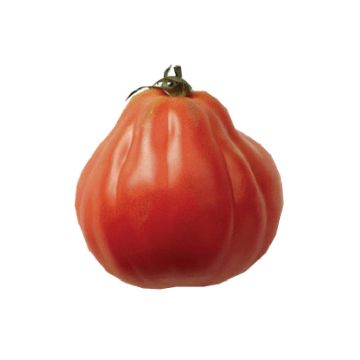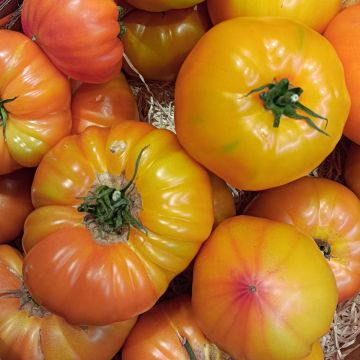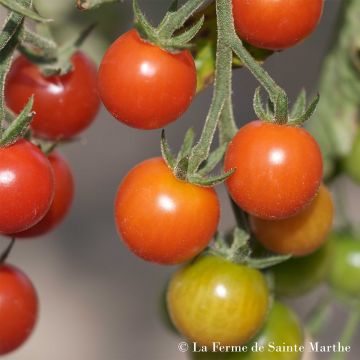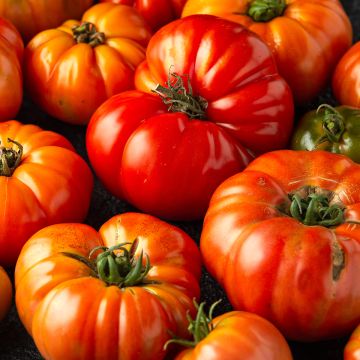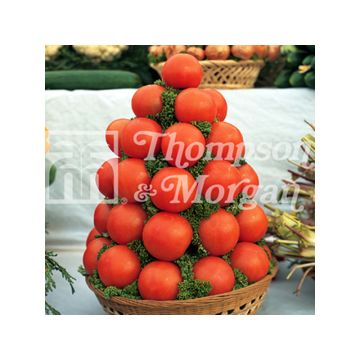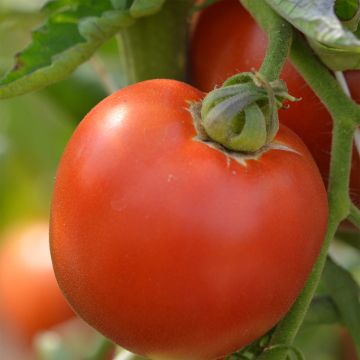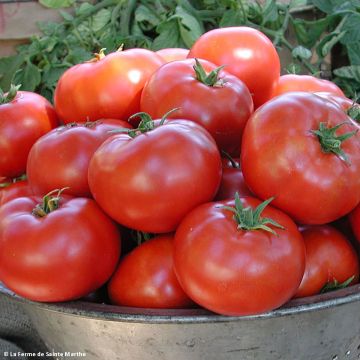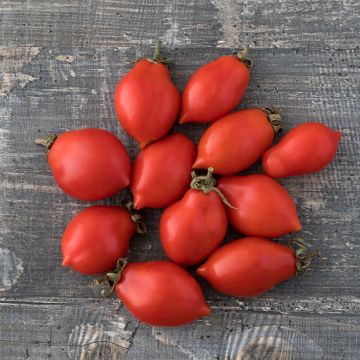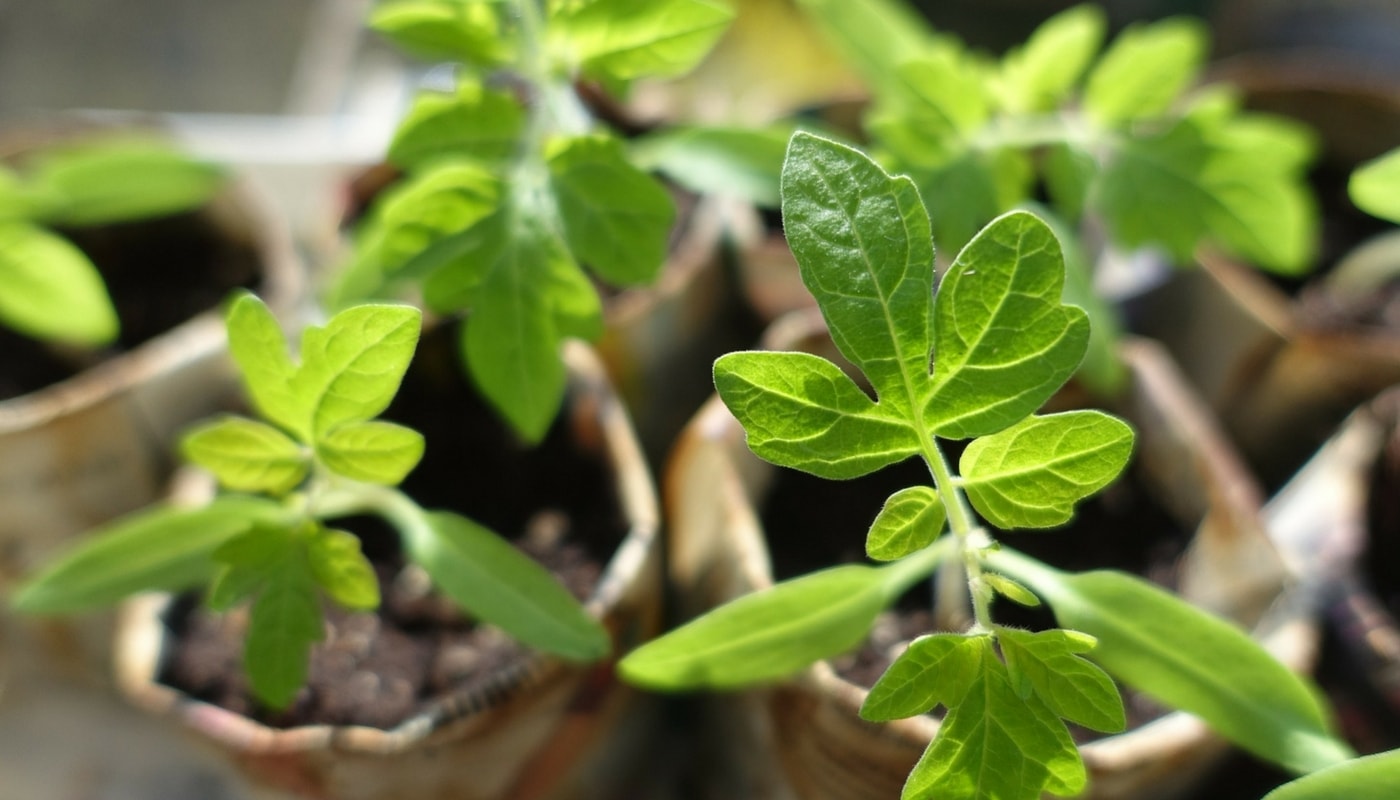
The ideal time to sow your tomatoes has arrived
Where, when, and how to sow?
Contents
Embark on the adventure of sowing tomatoes: an easy, economical, and incredibly rewarding method to fill your vegetable garden with delicious harvests! In just 4 to 5 weeks, watch your little seeds transform into vigorous young plants, ready to conquer your garden. For optimal starting conditions in our latitudes, sowing tomatoes is ideally done from February to April. This should be done in a heated shelter – whether in the warmth of your home, in a greenhouse, or a conservatory – using seed trays or buckets. This crucial step gives your plants a head start and allows you to fully enjoy the tomato season.
Tomato sowing in brief
| Info | Recommendation |
|---|---|
| Ideal date | From late February to April (for transplanting after the last frosts in Belgium). |
| Ideal location | Indoors, in a warm and bright spot for sowing. |
| Temperature | Between 20 and 25 °C for germination. |
| Light | Bright light after emergence (near a sunny window or under a growth light). |
| Type of compost | Special sowing compost, fine and sterile. |
| Watering frequency | Keep the compost moist, but not soggy. Water gently. |
| Sowing depth | About 0.5 to 1 cm. |
| Germination time | Generally between 7 and 14 days. |
Read also
Succeeding in growing tomatoesWhere to sow tomato seeds?
The sowing of tomatoes takes place warm at home or in a heated greenhouse, ideally at 20 °C (16 °C minimum). If necessary, you can use a heated propagator to encourage quick germination of the seeds.
To sow your tomato seeds, you can choose seed trays, sowing boxes, or even sow the seeds directly into small individual buckets.
To learn everything about sowing in a seed tray for vegetable seeds, read our advice sheet.
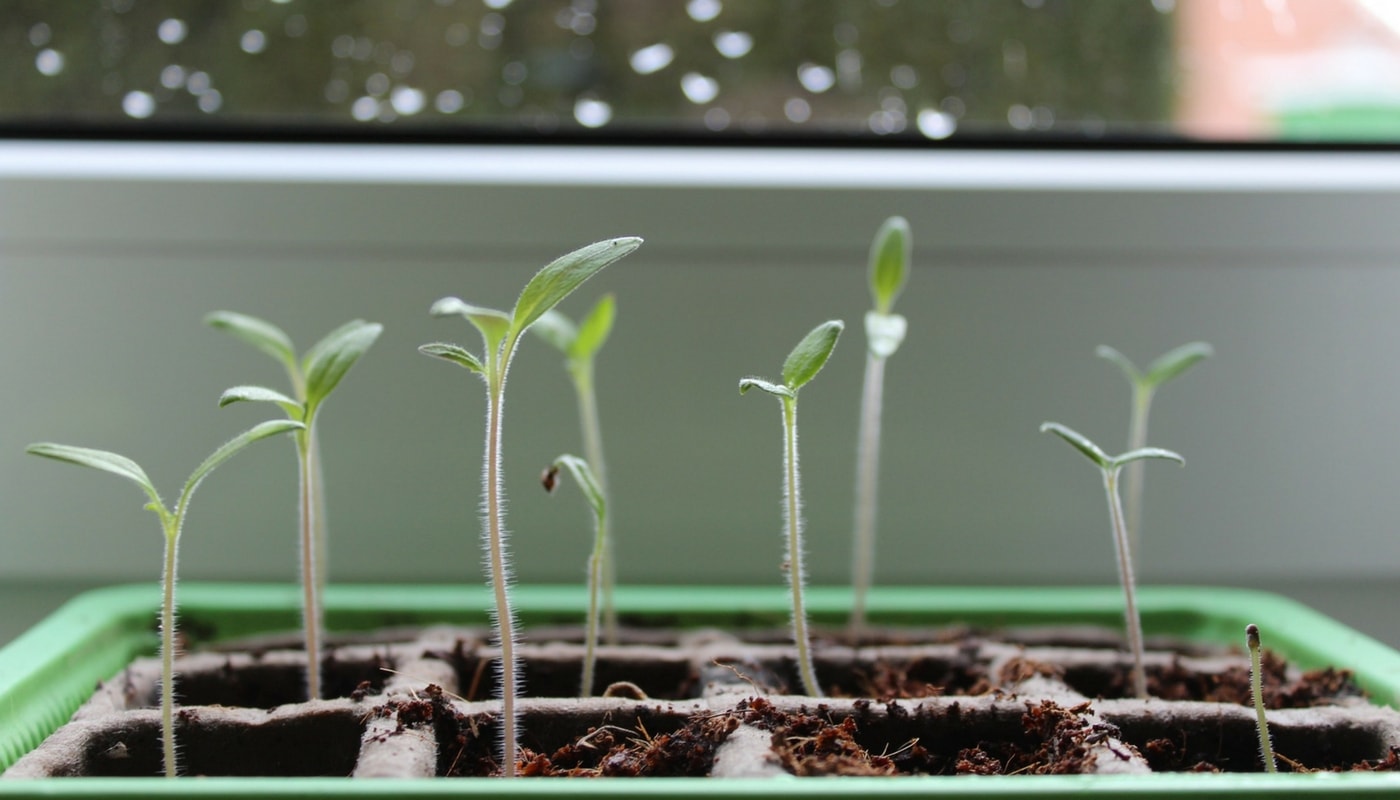
Tomato young plants need light to avoid becoming leggy
Discover other Tomato seeds
View all →Available in 1 sizes
Available in 1 sizes
Available in 1 sizes
Available in 1 sizes
Available in 1 sizes
Available in 1 sizes
Available in 1 sizes
Available in 1 sizes
Available in 1 sizes
Available in 1 sizes
When to sow tomato seeds?
Sowing is ideally done in March, but young plants intended for greenhouse cultivation can be prepared as early as February. Sowing is possible until the end of April or early May.
How to sow tomatoes?
Required Materials
- Seed containers: these can be buckets, alveolate seed trays, small terrines, or even clean yoghurt pots with holes in the bottom.
- Special seed compost: it is finer and sterile compared to universal compost, promoting good germination and limiting the risk of diseases.
- A watering can with a fine rose or a spray bottle: to water gently without disturbing the seeds.
- Labels: to identify the sown varieties.
- A pen or permanent marker: to write on the labels.
- Optional, but recommended:
- An indoor mini-greenhouse or plastic film: to maintain good humidity and encourage germination.
- A heat mat: to speed up germination, especially if temperatures are cool.
- A light source (grow lamp): if you do not have a sufficiently bright location.
How to Sow Tomatoes?
To sow your tomato seeds indoors, equip yourself with trays about 10 cm high and, if necessary, pierce the bottom so that excess water can drain away, then:
- Fill to 2/3 with good seed compost, moist,
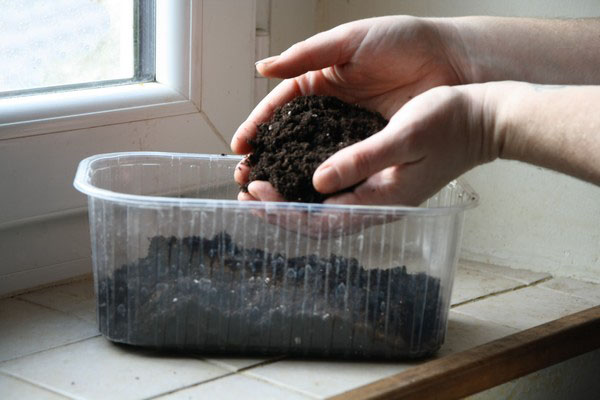
Filling the tray with good compost.
- Lightly compact with a trowel,
- Draw small furrows to a depth of 5 to 7 millimetres,
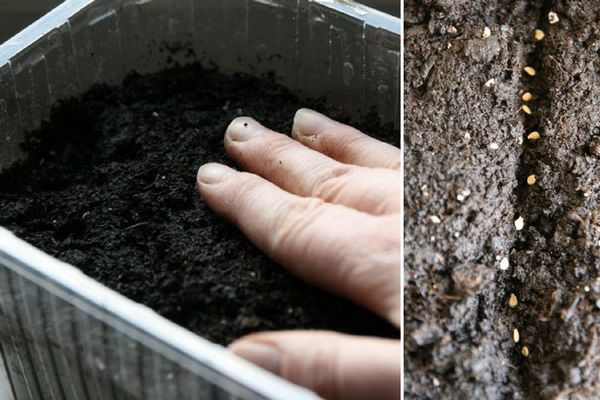
Compact and sow the tomatoes.
- Sow one seed every 2 cm and cover with compost. Note that to prevent damping off, it is advisable to sprinkle a little powdered charcoal. Remember to mark the row with a label if you are sowing multiple varieties,
- Water gently with a spray bottle using water at room temperature.
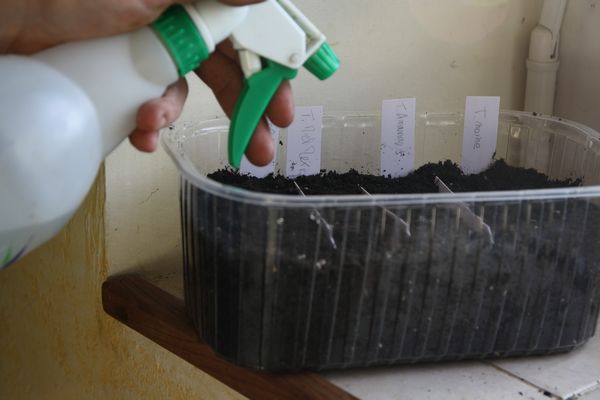
Water using a spray bottle.
The trays can be covered with their transparent lid, a glass, or plastic film to speed up germination. Remember to ventilate the sowing regularly.
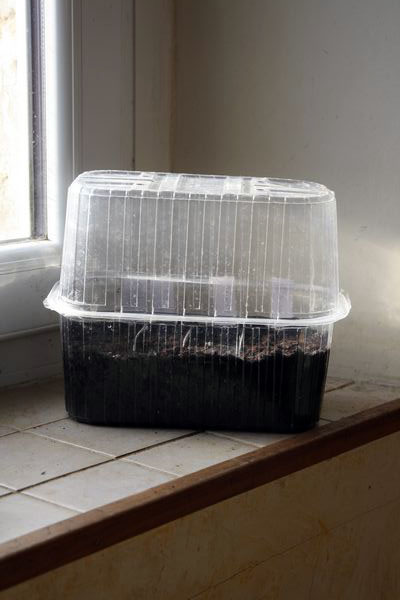
Cover and place your tray in a bright location.
Place your seedlings in a very bright location and remember to rotate them regularly so that the whole plant benefits from the light. Keep the substrate moist, but not soggy until germination, which usually takes 6 to 8 days. After germination, remove the glass plate or lid from the propagator.
Sowing in buckets is done in the same way, sowing 3 seeds per pot, which is then covered with a plastic bag.
How to transplant young tomato plants?
Once the seedlings have developed, at the stage of two or four “true leaves”, proceed with the transplanting of tomato seedlings into buckets. The time between sowing and the transplanting of young plants of tomatoes is generally 2 to 4 weeks.
To transplant your tomato plants, start by preparing buckets by filling them with a rich and light substrate, then:
- Step 1: take the seedlings from your tray using a fork, for example
- Step 2: after making a hole, slide the seedling in, burying it up to the cotyledons: in contact with the substrate, the tiny hairs on the stem will turn into roots. When transplanting, hold the seedlings gently, grasping them by the cotyledons rather than the stem if you tend to be clumsy!

Steps 1 and 2
Step 3: add potting soil up to the cotyledons and gently press down with your fingers.

Step 3
Step 4: water gently with room temperature water.

Step 4
After transplanting, continue to keep your plants in light and under heated shelter. Sometimes, after transplanting, tomato plants show signs of stress. Don’t panic, this is perfectly normal; everything will return to normal in a few hours.
This operation should be carried out even if you have sown in buckets, as transplanting allows for plants with a well-developed root system.
It is possible to sow the seeds directly in the garden, but only after the last frosts: this is sometimes practical for obtaining late tomatoes, especially in the southern half of France.
How to obtain robust tomato plants?
To obtain strong young plants, they need to be hardened off.
About ten days before the final planting in the garden (when the last risks of frost have passed), gradually acclimatise your tomato seedlings to outdoor conditions by taking them outside for a few hours each day during fine weather. The slightly cooler temperatures and the action of a gentle breeze will help them to harden off and arrive robust in the garden.
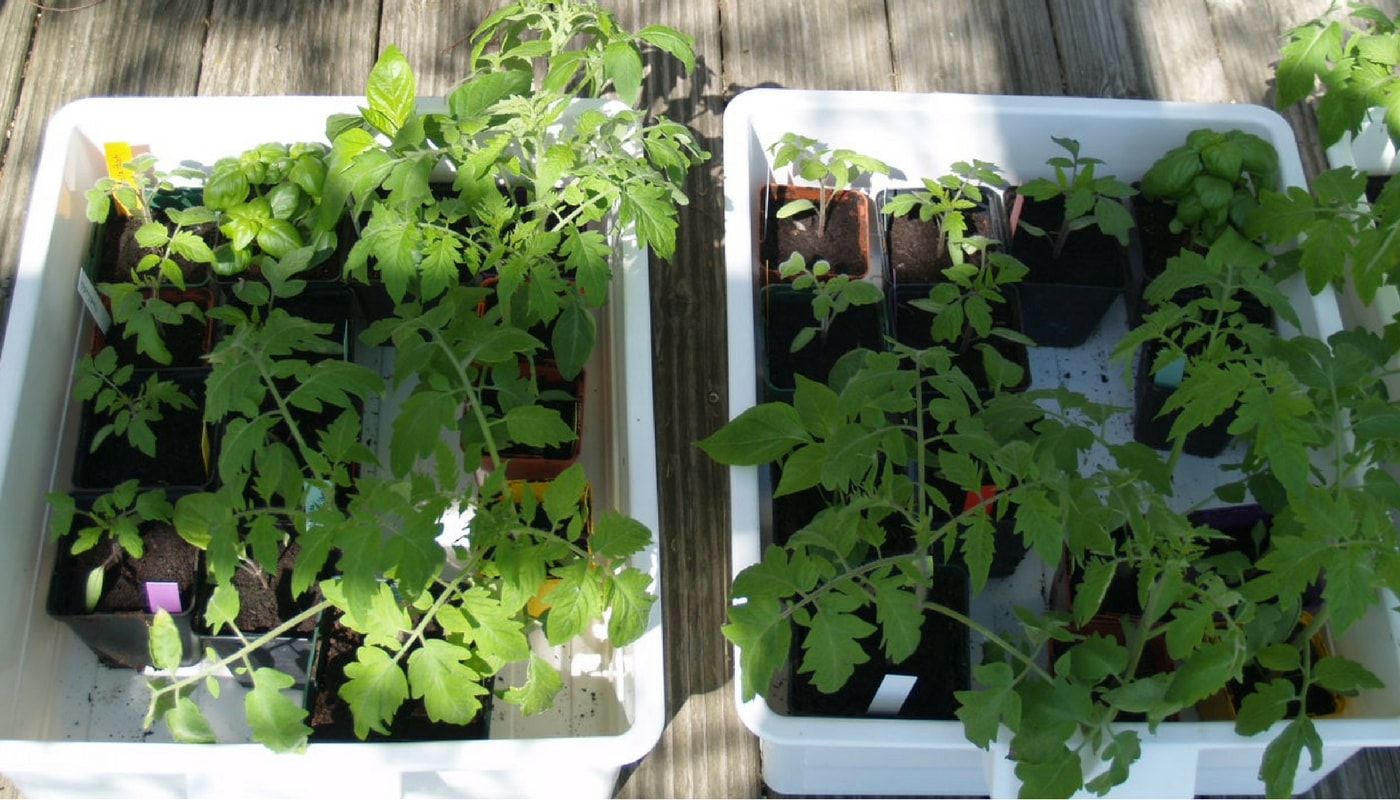
Take your tomato plants outside on the first lovely spring days
Mistakes to avoid
Errors to avoid when sowing
- Using Unsuitable Compost: opt for a special sowing compost.
- Sowing Too Deep or Not Deep Enough: adhere to the recommended sowing depth on the seed packet. Sowing too deep can prevent germination, while sowing too shallow can dry out the seed.
- Sowing Too Densely: do not place too many seeds in the same bucket or alveolate to avoid competition among the young plants.
- Lack or Excess of Moisture: the compost should remain moist but not waterlogged. A lack of water will prevent germination, while excess moisture can cause the seeds to rot.
- Insufficient Light After Germination: young plants need plenty of light to avoid becoming leggy (tall and weak). Place them near a sunny window or under a grow light.
- Inadequate Germination Temperature: tomatoes need warmth to germinate (ideally between 20 and 25 °C).
- Forgetting the Hardening Step: before transplanting outdoors, it is important to gradually acclimatise the young plants to outdoor conditions (temperature, wind, sunlight).
Errors to avoid when transplanting
- Transplanting Too Early or Too Late: wait until all risk of frost has passed and the plants have developed a few true leaves. Do not delay too long either, as overly large plants may struggle to establish.
- Damaging the Roots: handle the young plants gently to avoid breaking their delicate roots.
- Not Planting Deep Enough: tomato plants can develop roots along their stems. Bury part of the stem when transplanting to encourage a stronger root system.
- Forgetting to Water After Transplanting: proper watering immediately after planting helps the roots settle well into their new environment.
- Not Protecting Young Plants: young plants can be susceptible to slugs, snails, and significant temperature fluctuations. Consider using protections if necessary.
- Handling Plants by the Stem: always hold the plants by the leaves to avoid damaging the main stem.
- Subscribe!
- Contents































